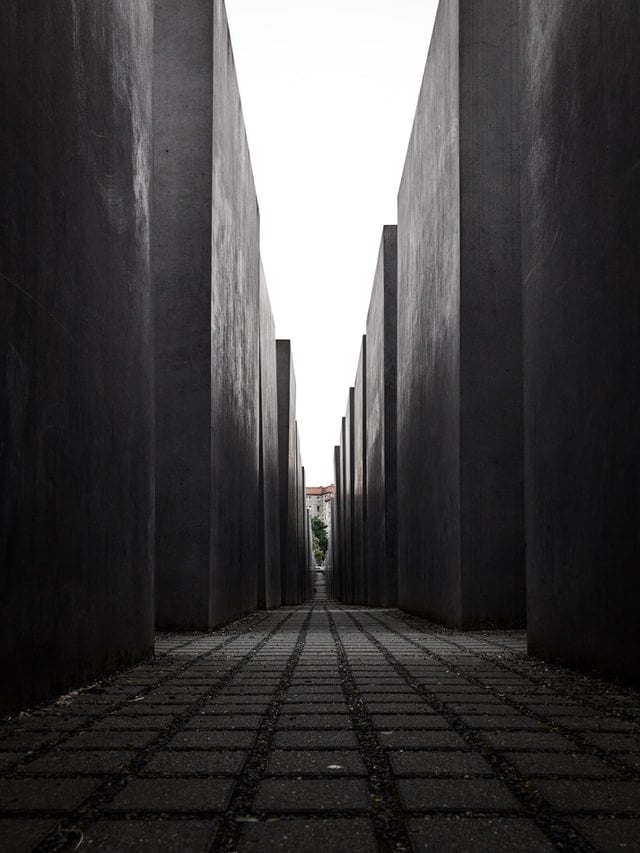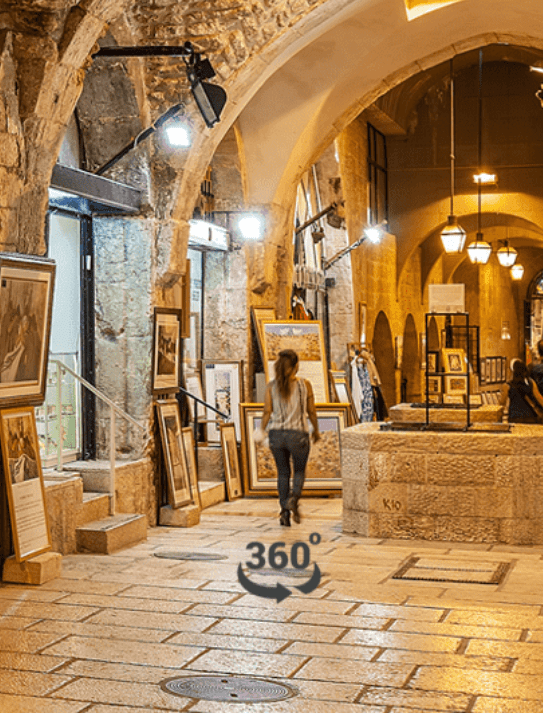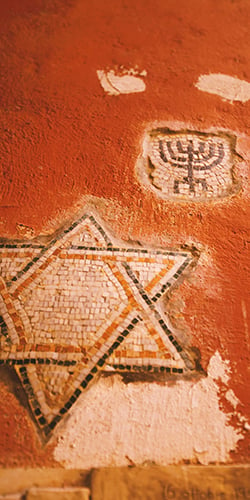The Eilat-Mitzpe Ramon Region, Israel: The Desert is Where Life Can Begin Again
The south of Israel, between Mitzpe Ramon and Eilat, is one of the most breathtaking landscapes in the Middle East. Just a five or six hour drive south of Jerusalem’s rolling hills and Tel Aviv’s white sandy beaches is a whole other world of red desert. The entire landscape that you see on the drive south was at one time completely submerged under the ocean. Over time this area of land dried out leaving behind interesting and whimsical rock formations, caverns, and caves. Aside from the beautiful geography this happens to have been one of the more frequently populated areas in the history of the Levant. Some of Israel’s most complex and intricate archaeological sites and artifacts have been uncovered in the desert. It is also the birthplace of the kibbutz movement, and many of these communities are still hosting families today.
















